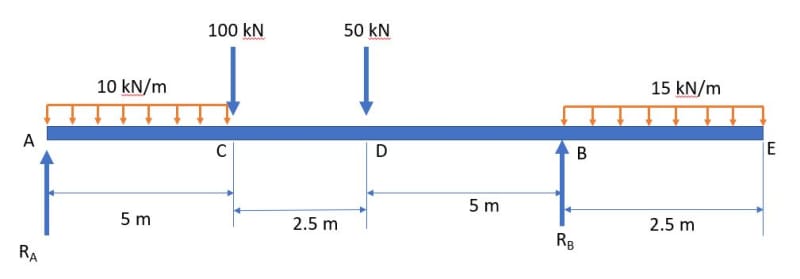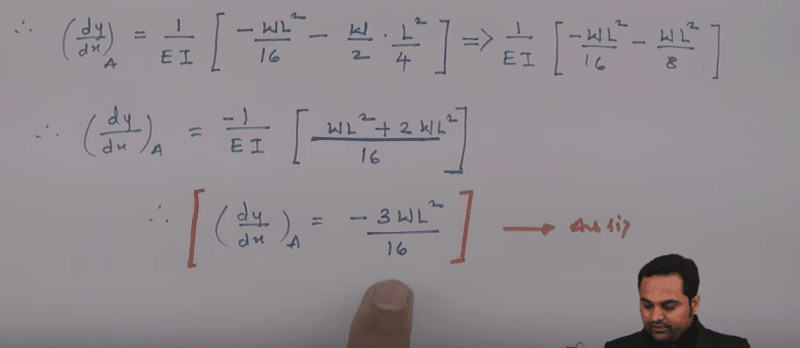everydayengineer
Student
- Aug 7, 2021
- 2

Hi all,
I am trying to solve this beam problem to find the deflection at different points along the length of the beam. However I am having a hard time writing the equation for bending moment using Macaulay's theorem since there are 2 uniformly distributed loads of different magnitudes.
Can someone help solve this problem?
Thank you in advance!

